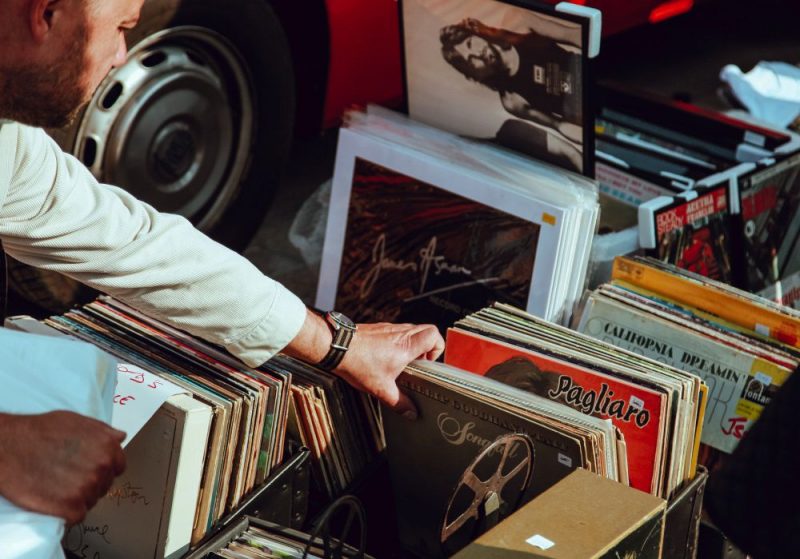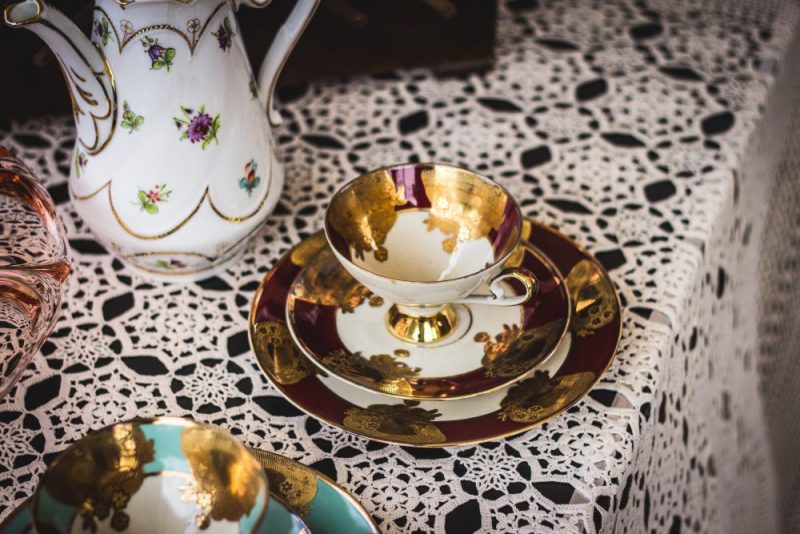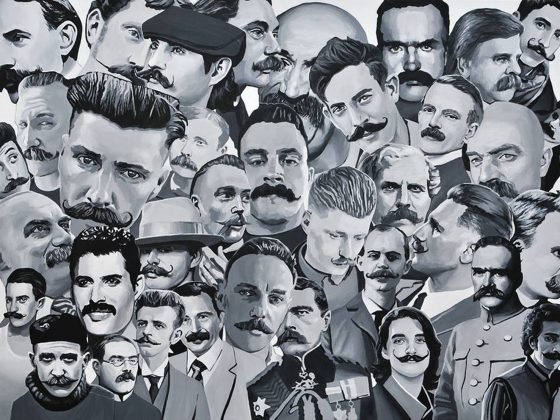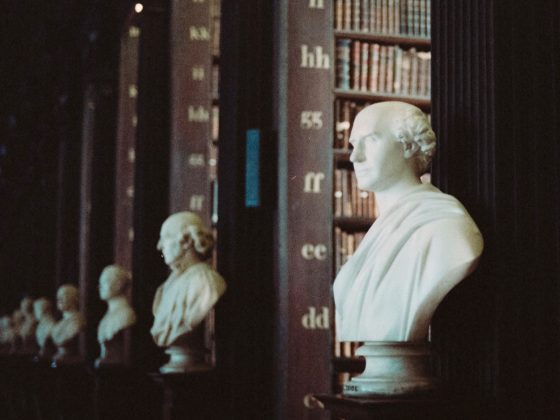1. Those who already collect things know how pleasant it is. Those who have not yet begun have many pleasures to experience in the future. Collecting things gives many pleasures of various nature. First of all, it must be noticed that the pleasures of collecting things are among the most reliable. They are available to the human being almost regardless of age as long as his senses, particularly sight, are still in good condition. Moreover, they are not directly dependent upon the property being possessed: they can multiply or reduce the property. They generally remain completely detached from the objects themselves.
2. The model of having contact with a thing is visual contemplation. Visual contemplation is the most proper manner of referring to things simply because the best things – works of art – are created by people in order to be looked at1. The objects that continue to arouse admiration in the history of humanity are not things qua tools, but things having symbolic power and aesthetic value2. Watching things is a pleasure that can be stretched over the course of time and renewed any number of times. Further viewing can be more pleasant thanks to richer knowledge and experience and because the thing possessed by us acquires sentimental value in the course of time.

4. Being among good strong objects or even only looking at them increases our vital energy because it arouses our respect for the human being as a creative and powerful being. Like good art, good craftwork (cabinet-making, artistic blacksmithing, weaving) is strong proof of the creative power of the human being and its sophistication. Having contact with their works, we want to join the authors and are proud of belonging to humankind.
5. The anticipation of taking hold of a thing is a special pleasure. The prolonged pleasure of anticipation appears during online shopping, where the object seen in the photograph materializes at the time of reception of the parcel containing it. One of the biggest pleasures is – visitors of antiquary fairs and markets can confirm this – to start searching for good things from the moment of entering the square or hall where goods are displayed. This usually happens at dawn. Besides, waiting for the visit itself is filled with excitement.

7. On the other hand, collecting things may also involve detrimental or at least questionable pleasures. The collector’s negative pleasure is the pleasure of superiority over others because of his knowledge of things and/or collections in his possession. The passion that turns into greed and results in the lack of reasonable moderation in collecting is detrimental. In general, collectors are threatened most strongly by the lack of moderation guided by reason. They are intrinsically inclined to gather things in excessive amounts and fall into syllogomania (compulsive hoarding)3. The collections created in this manner are chaotic, devoid of leading threads and, therefore, difficult to put in order. They clutter up flats instead of making them more beautiful, refined and inspiring. All of this, however, results from the nature of human life, which is short and where the greed expressed by us is an attempt to catch the opportunity to possess a unique thing.
8. It is worth noticing that every collector is an optimist in a certain respect, and the act of collecting reinforces his optimism. Collecting can be characterized in the same way as historicism: it is optimistic and based on love of the world (amor mundi). A collector collects objects – buys, requests, chooses, carries and brings, cleans, arranges, puts in the order and exposes them – because he perceives them as valuable. Thus, his desire of things reflects his love for this world and affirms it in the most primitive manner. If a collector despises anything, he does not despise things as such, but only “poor” and “bad” things that pretend to be something they are not. Thus, a collector separates good things from the trash, rubbish or junk. He does not let himself be persuaded to accept something worthless. 4.
9. The therapeutic impact of beautiful objects: vases, carpets, paintings, sculptures is unquestionable. As recommended in Chinese culture for thousands of years, surrounding ourselves with such objects improves our mood and protects us against states of depression. Such is the impact of beauty.

11. Moreover, having contact with good things makes us feel the steadiness of the world. Not everything changes, not everything is destroyed – there are things that last. The human spirit needs permanent objects that last in front of our eyes: they focus human attention and are the bastion of memory. Feeling the steadiness of the world of things builds human ontological safety and reinforces the human being. It protects us against mental instability and against anxiety.
Witold Nowak
Culturology Department, Institute of History
University of Rzeszow
- M. Sommer, Zbieranie. Próba filozoficznego ujęcia, Polish translation by J. Merecki, Oficyna Naukowa, Warszawa 2003, p. 87.
- See G. Simmel, Ucho. Próba estetyczna, in: ibid., Most i drzwi. Wybór esejów, Polish translation by M. Łukasiewicz, Oficyna Naukowa, Warszawa 2006, pp. 156-162.
- The life of brothers Homer and Langley Collyer from New York was an astonishing example of syllogomania. After their death in March 1947, huge numbers of various items (books, newspapers, musical instruments, works of art, worn-out household equipment) were found in their house; their total weight exceeded 100 tons and emptying the house of them took over 2 weeks.
- See H. Frankfurt, O wciskaniu kitu (On Bullshit), Polish translation by H. Pustuła, Czuły Barbarzyńca Press, Warszawa 2018. Presenting nonsense as truth (colloquially called ‘talking bullshit’) in a conversation is analogous to offering trashy goods; both of these practices are related to each other anyway













